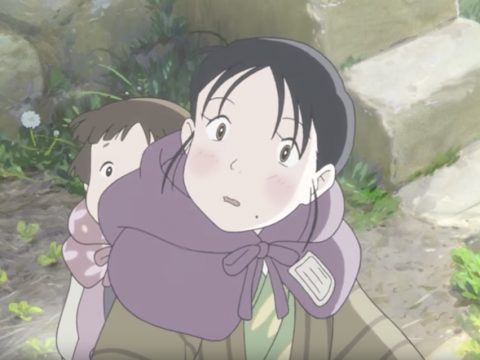
In his book Making Comics, Scott McCloud makes a good argument for the case that, in the past 25 years, American comics have gotten more realistic while manga has gotten more fantastic. And indeed, after thousands of spirit-possessed super-powered teenagers and science fiction futures and gigantic city-destroying explosions, it’s hard to remember that there was a time when city-destroying explosions were not common in manga, and that it was at this time, in 1972, that Keiji Nakazawa drew Barefoot Gen, the story of a survivor of the Hiroshima bombing. With a few changes, it was an autobiographical story–Nakazawa himself was that kid who walked over skinless corpses on the burning streets–and it ran in Weekly Shonen Jump, the future home of Dragon Ball and Naruto.
Nakazawa’s antiwar message is sincere, he really was at the bombing, and his first-person imagery is unforgettable. There are a million stories that could be told about the atomic bomb, but how do you improve on Barefoot Gen? You could go the Hollywood remake route; you could update the character designs and make the art slicker, add screentone to the demolished buildings. But a more impressive mushroom cloud is not necessary to tell a story about Hiroshima and Nagasaki; and sometimes, after the bomb, the best thing to do is to get personal. After the apocalyptic, get domestic.

This is Fuyumi Kouno’s approach in Town of Evening Calm, Country of Cherry Blossoms (now available in the US from publisher Last Gasp), a bomb story without the bomb, which begins several years later when Hiroshima has begun rebuilding.
Although she was born in Hiroshima, Kouno is not a survivor of the bombing. Born in 1968, she’s not even the descendant of a survivor; but she knows the stories of the survivors, the hibakusha, who suffered and to some extent still suffer from prejudice. (They were the focus of the 1989 movie Black Rain.) After the war, the effects of radiation sickness were poorly understood, and some thought it could be passed on to children. So the survivors were cursed, both by the radiation that might one day kill them, and in the sense that, even if they lived long lives, they could never be quite normal. Even though it begins long after the tens of thousands of corpses were buried, the shadow of Hiroshima still falls across the story, occasionally surfacing to haunt the characters in their daily lives.
As plot summaries, Kouno’s tales sound melodramatically sad: a struggling young woman lives with her mother in the shantytowns of 1955 Hiroshima; a young girl in modern-day Tokyo learns more about her family’s past. But Town of Evening Calm is not a predictable lesson about prejudice, or a weepy melodrama; the plot feels real. The romances between the characters are charming, fitting nicely with the sweet artwork. The scenes of daily life–sitting on a grassy riverbank, sewing, children playing–are welcoming. The antiwar message is unspoken, and comes naturally from the desire not to see the characters die. Only occasionally does it become explicit, as when a dying victim of radiation sickness asks bitterly, “I wonder what the people who built the bomb are thinking … ‘Hooray, got another one?'”

Since it appeared in 2003 in Manga Action magazine (which used to run Lupin III–not all manga magazines are getting more fantastic), Town of Evening Calm has been adapted into a live-action movie, a radio drama, and a novel. It’s a short comic, little more than 100 pages, but in its subtle way it has more story than most 200-page manga. As a major added bonus, the art is lovely; Kouno’s cute character designs are distinctive, and her cross-hatched, apparently hand-drawn backgrounds depict the city of Hiroshima in beautiful detail. It’s clearly drawn by someone who lived there; instead of using traced photographs like too many manga, Kouno brings the setting to life in a splendor of plant life and street signs and details that make you feel like you really are at this park or that bridge. If you didn’t know about the bombing of Hiroshima, you could almost just read it to enjoy the scenery, to get the same warm feeling you get when you read Aria or The Walking Man. But if you’re reading this, you do know about Hiroshima, and you won’t forget.


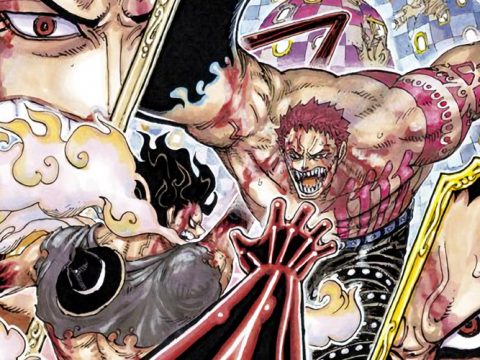
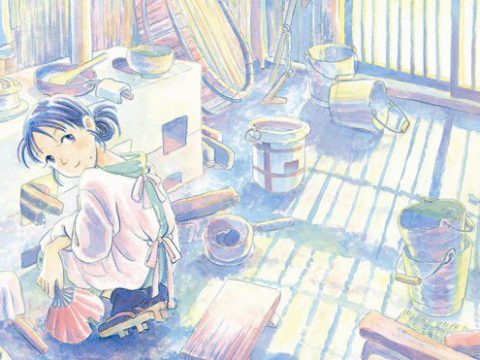
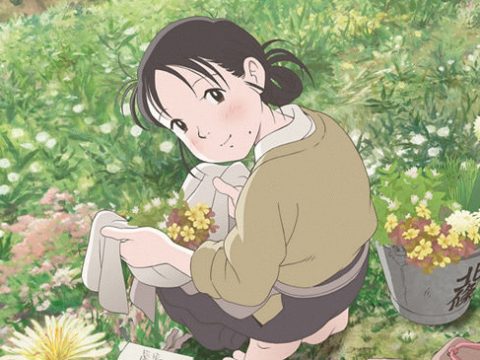
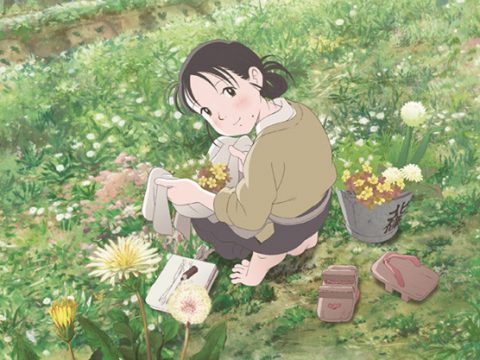
![[Review] The Dragon Dentist – Complete Collection [Review] The Dragon Dentist – Complete Collection](https://otakuusamagazine.com/wp-content/uploads/2017/10/The-Dragon-Dentist-01-Large-44-480x360.jpg)
